So, you’re neck deep in a canning session, and gasp, you realize that you’re short on fresh canning lids. What do you do? Can you reuse canning lids? Is it safe?
This is a common and controversial topic in the homesteading world, especially since we like to live by the “nothing goes to waste” principle. The idea of a 1-time use product can be disheartening. I get it!
In this article, we’ll unravel the truth, tackle safety concerns, and give you some ideas for ways to repurpose those used lids. By the end of our chat, you’ll be armed with all the info you need to decide if reusing canning lids is your jam.
So, grab your favorite mason jar, kick back, and let’s spill the beans (or pickles?) on the big question: Can you really get away with reusing canning lids? Time to find out!
*Disclosure: This post may contain affiliate links to products (including Amazon). I’ll earn a small commission if you make a purchase through my link, at no additional cost to you! Regardless, I only link to products that I personally use on our homestead or believe in.
Can You Reuse Canning Lids?
Let’s get straight to answering your burning question, shall we? I’m sure you’re facing a pile of used canning lids and hoping you can find a purpose for them – I get it!
The short answer is no, you cannot reuse canning lids. They are only meant to be used once, however, if you’re short on lids and have no other option, keep reading! I have some tips for you.
How canning lids work
Let’s quickly first cover how canning lids are designed and how they actually work to preserve food. This will help you understand the reasoning behind my answer!
Canning lids feature a sealing compound (often made of a rubbery material) along the inner edge of the lid, which is the contact point with the canning jar. The sealing compound plays a critical role in creating an airtight seal by providing flexibility and elasticity.
During the canning process, jars are heated in a water bath or pressure canner. This heat causes the air inside the jar to expand and escape. Then, as the jar cools, the contraction of the air inside creates a vacuum, pulling the lid downward and creating a firm seal.
The flexibility of the sealing compound on the lid plays a crucial role here by forming a tight seal against the jar’s rim. It allows the lid to flex and conform to the shape of the jar’s rim as the pressure changes during the cooling and vacuum formation process.
What are the risks of reusing canning lids?
When it comes to reusing canning lids, it’s essential to be aware of the potential risks, especially concerning the integrity of the seal.
Compromised Sealing
The most significant risk associated with reusing canning lids is the potential compromise of the sealing mechanism. Once the lids are used, the sealing compound (that rubbery ring we talked about earlier) experiences wear and tear.
Over time, it may lose its ability to create a tight seal. If compromised, air and contaminants can sneak into the jar, leading to spoilage and potential health risks. This can happen over time in unused lids too, so they should be used within 5 years of being manufactured.
Microbial Contamination
When a canning lid fails to create a proper seal, it opens the door to microbial contamination. Bacteria, mold, and other nasties can find their way into the jar, turning your once-preserved delights into a breeding ground for undesirable microorganisms. The result? Off-flavors, strange textures, and, in extreme cases, foodborne illnesses.
Loss of quality
Even if microbial contamination doesn’t occur, a compromised seal can lead to the loss of food quality. The freshness and flavor of your carefully prepared jams, pickles, or sauces may be compromised, leaving you with less-than-ideal culinary creations.
What are the benefits of reusing canning lids?
On the flip side, reusing lids can be a money-saver and an eco-friendly choice. It reduces the need for constantly buying new lids, saving you a few bucks and lessening your environmental footprint.
But, and it’s a big but, it’s crucial to strike a balance between thriftiness and food safety. Personally, it’s not worth the risk of microbial contamination, not to mention losing all of the hard work that went into canning (and growing!) that food in the first place.
Have I ever done it, though? Yep. I think we’ve all had that moment where we’re in the middle of a huge canning session only to realize we’re short on fresh lids. You gotta do what you gotta do, but if I have fresh lids available, I’ll always use those first.
How to Reuse Canning Lids (in a pinch!)
You might remember the dreaded canning lid shortage in 2020 – uff da! That was the icing on top of an already stressful year, wasn’t it? Thankfully, canning lids are back in stock (for now), but if we’re ever faced with another shortage, here’s the best way to reuse canning lids.
Extend their lifespan
Practicing good lid hygiene can extend their lifespan. Handle lids with care during the canning process, be gentle when opening the jar, and store lids in a cool, dry place. These practices will help prevent the sealing compound from deteriorating over time.
Choose the right lid
Run your fingers along the sealing compound to ensure it feels flexible and resilient. Any hardening, cracking, or brittleness could indicate that the lid is no longer suitable for use – keep reading for my tips on how to repurpose thess!
To revitalize the sealing compound and enhance its flexibility, consider boiling the lids for a few minutes before use. Don’t do it for too long, though! Otherwise, you can cause more harm than good to the seal.
Aftercare
Once the canning process is complete (water bath or pressure canning) and the jars have cooled completely, gently press down on the center of each lid to check the seal. If it doesn’t pop back, and you can’t push it down further, the jar is sealed properly.
Label the jar contents, like usual, but also consider adding a note that the lid has been reused. This allows you to monitor the jars more closely and ideally, use these jars up first.
How to Repurpose Used Canning Lids
If you’ve decided not to reuse canning lids for canning, you made an excellent choice! Does that mean you have to throw them all away? Definitely not! I only throw away my canning lids once they’re rusted or damaged to the point of being unusable.
There are still many ways that used canning lids can be repurposed:
- Lid for jars filled with dry goods – dried beans, homemade granola, oats, coconut flakes, etc.
- Lid for jars in the freezer for fridge – however, I do prefer stainless steel lids for this application to prevent corrosion. Read more about this in my article Can You Freeze Mason Jars?
- Coaster for beverages – glue on a round piece of cork to take this to the next level
- Create plant markers – love this idea!
- Lid for Homemade Tallow Candles – these make great gifts as well!
- Make mason jar lid magnets – Glue a photo to the metallic side of a flat lid, and glue a magnet to the back!
- Attach to a string and hang from a tree to scare haws away from your chickens
What About Reusable Canning Lids?
Did you know that there are canning lids out there that are truly reusable? Heck yes! They feature a two-piece system with a lid and a separate rubber ring. The rubber ring does eventually wear out after 8 uses or so, but the lids can be used indefinitely.
There are two different styles of reusable lids:
- Tattler & Harvest Guard – features a plastic lid with a separate rubber gasket ring
- Weck – features a glass lid with a separate rubber gasket ring and metal clamps
So, why doesn’t everyone use them? I own both and there’s a reason why I rarely use either anymore.
Tattler & Harvest Guard lids are, well, plastic. Need I say more? They also have a higher seal fail rate than standard canning lids, especially when pressure canning with a second rack. I like having them on hand in case I’m short on regular canning lids, but I don’t use them as often anymore.
Weck canning jars and lids were very attractive to me in the beginning because the lids are glass! However, Weck is a European company, so none of the lids fit standard mason jars. So, you have to purchase their custom jars, which are ridiculously expensive. There are also rumors of Weck canning jars containing lead. Ugh.
What Are the Best Canning Lids?
I feel like I’ve been a lost wanderer in the world of canning lids in the past few years. I was on the reusable canning lid train for a while until I finally faced the facts that I listed above. BPA is often found in the lining of many standard canning lids as well.
So, what’s a gal to do? The last thing I want is chemicals leaching into the food that I worked so hard to grow organically.
This past summer, ForJars reached out to me and offered to send me some lids to try. I figured, why not? After 1 batch, I was HOOKED. I’ve since been using them all season and I have YET to have a seal fail. WOW. I could get used to this.
I also LOVE that the lids are BPA-free and they are super sturdy. Most lids have a thickness of 0.10-0.12 mm, but these feature a thickness of 0.18 mm.
*Use my code THRD10 for 10% off your order!
The Homesteading RD's Product Picks | |
These are my all-time favorite lids! High-quality, thicker than other brands, excellent seal rate, BPA-free, what's not to love?
| |
Other Food Preservation Articles You’ll Love:
- Can You Freeze Mason Jars? 7 Common Mistakes to Avoid!
- Pressure Canning: A Step-By-Step Guide
- Principles for Food Preservation


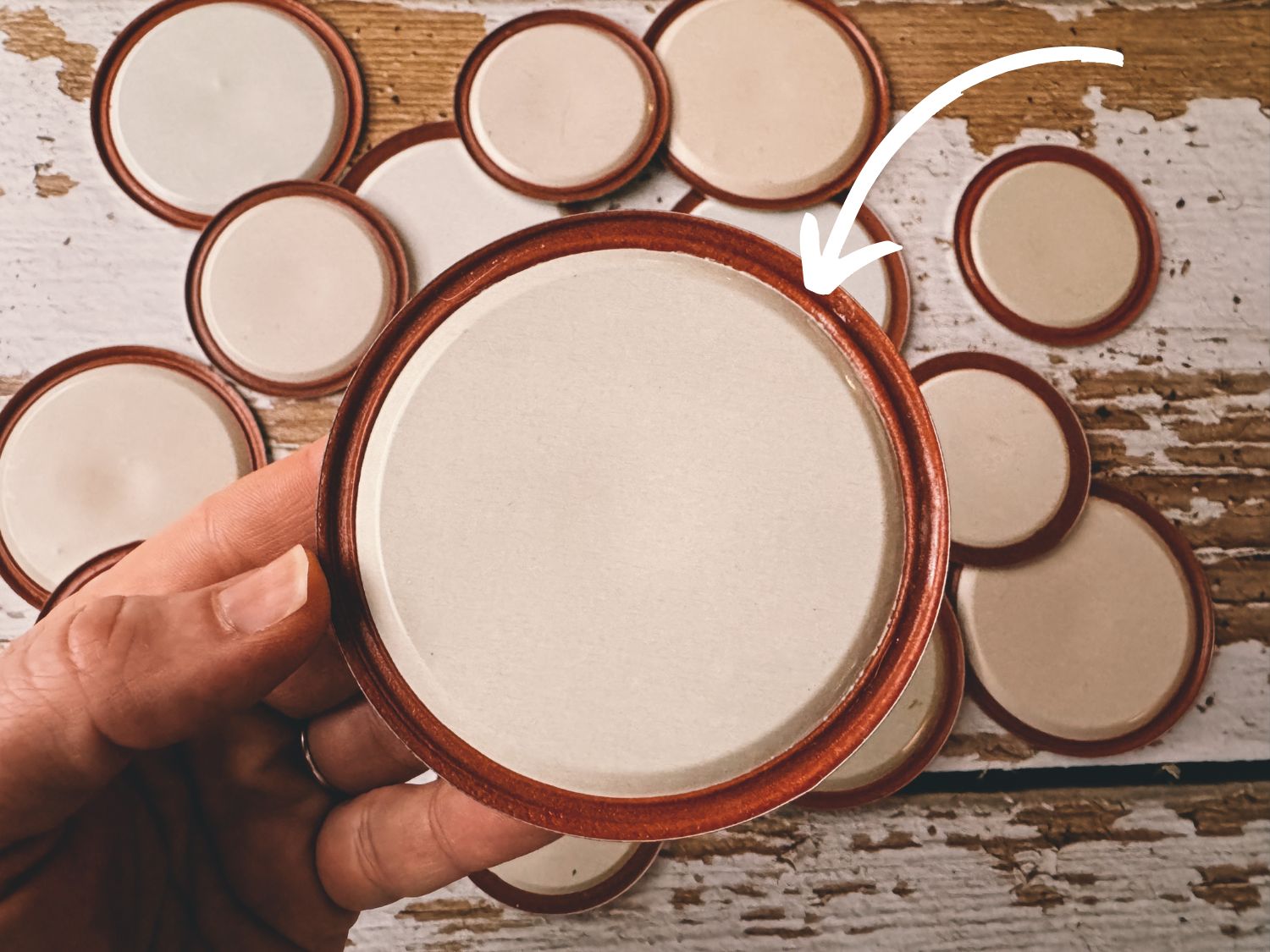

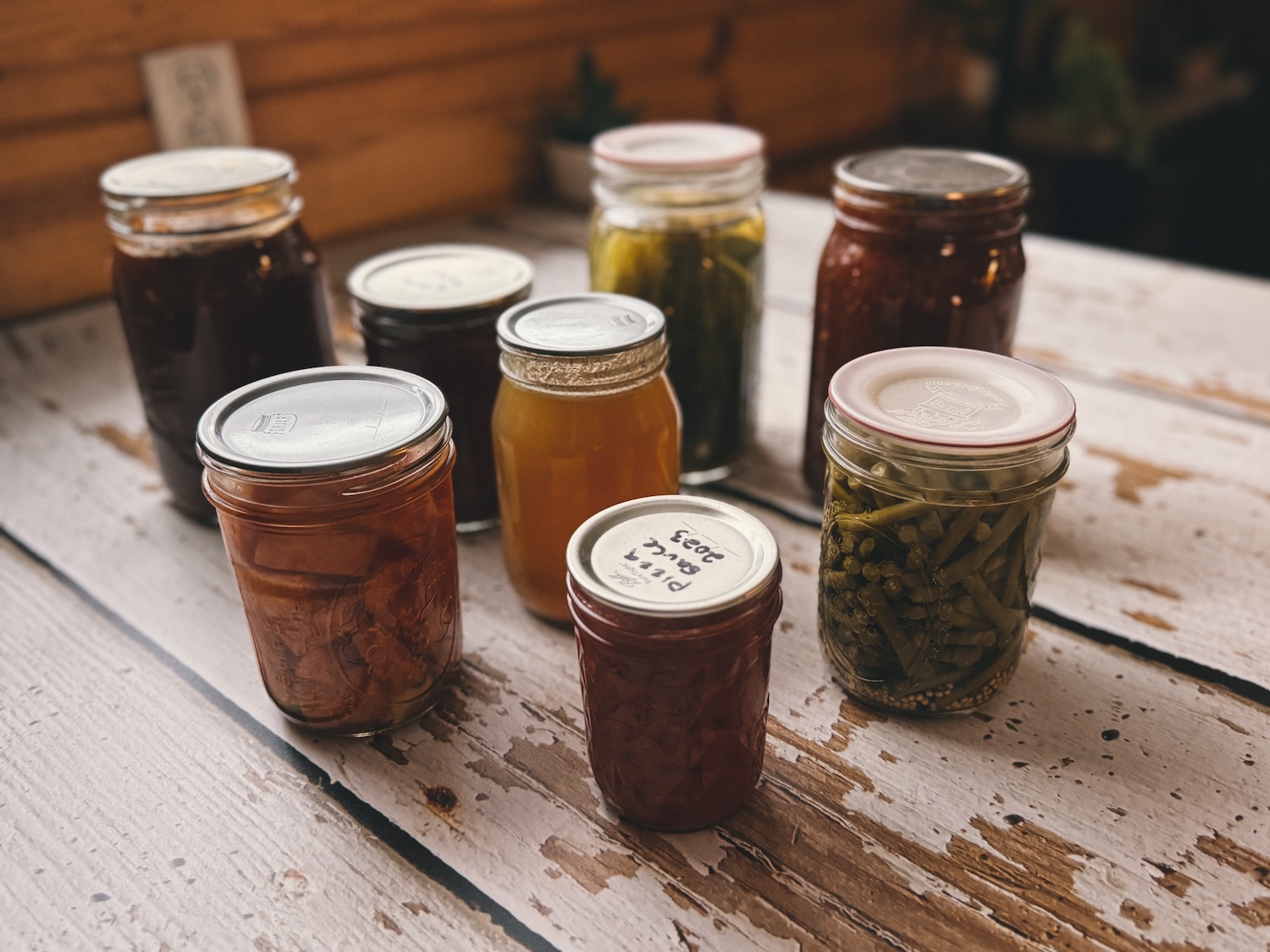
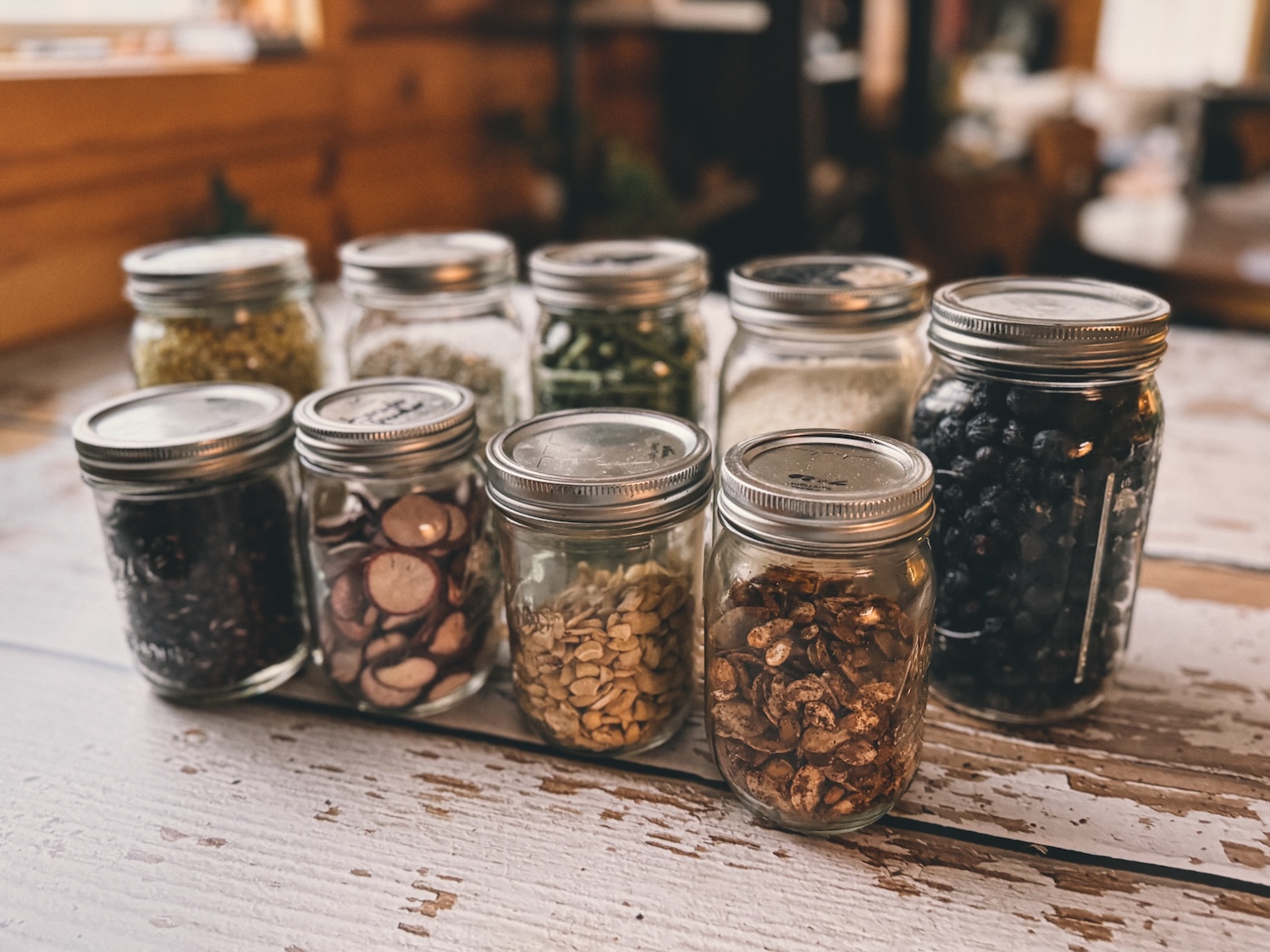
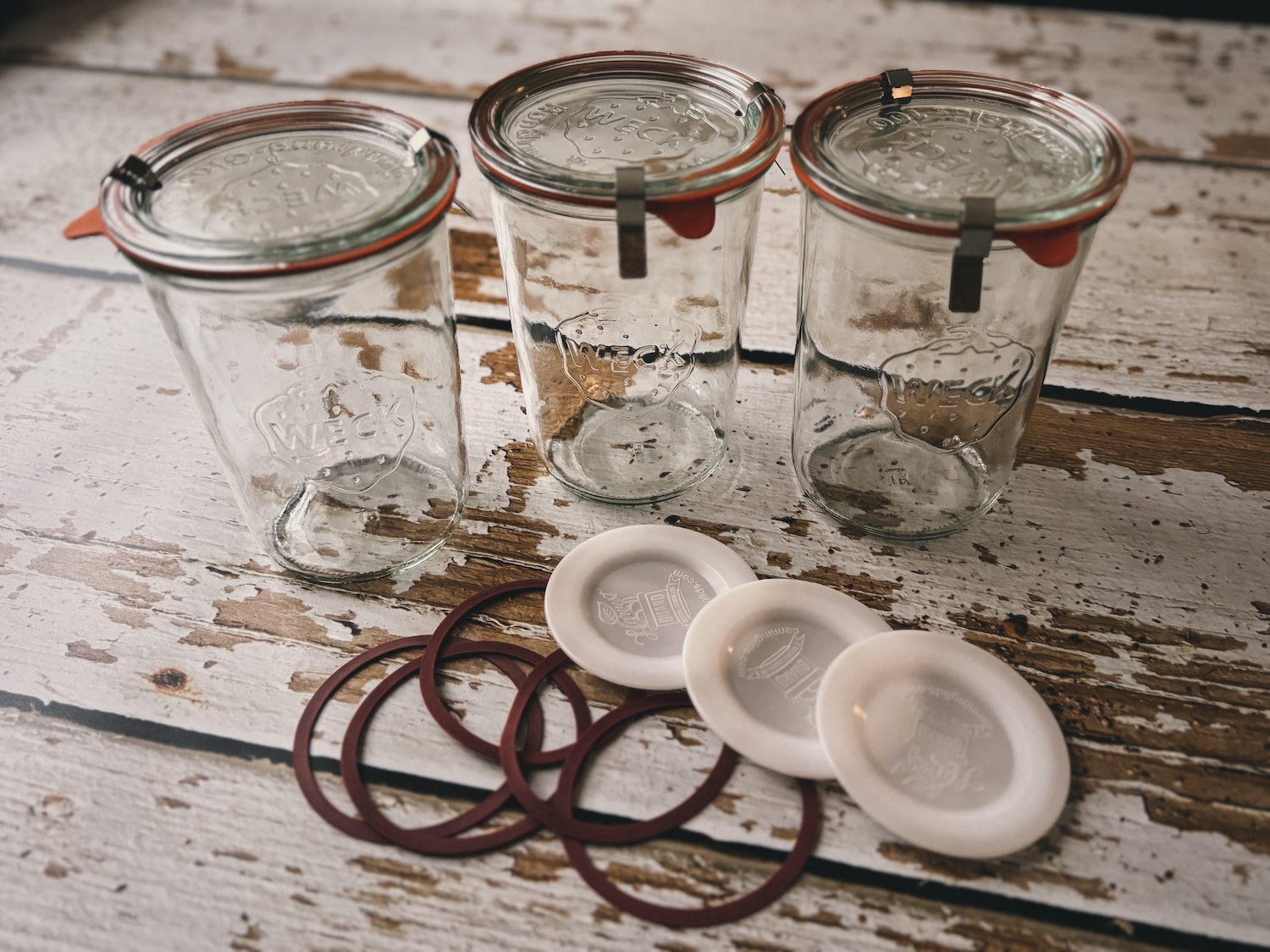


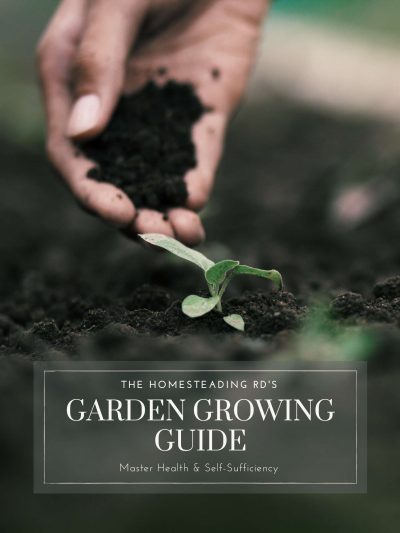
When I was a preschool teacher, I would glue matching or coordinating pictures (it could be colors, animals, letters, etc) to two canning jar lids so they were identical. I would make 8-10 sets and use them to play concentration with the kids. It was a fun game and lasted longer than homemade cards using just paper.
Those are great ideas!!! Thank you for sharing these.
I would have thought that as part of the 3rd place prize that shipping fees of $49.01 would have been waived.
We made salt/pepper shakers for the grill and camping using used lids. Punch holes in a lid with a finish nail for salt/pepper and then use another lid without holes to cover when not in use. Salt/pepper stay dry when not in use and aren’t spilled in my camp boxes.
I LOVE that idea! Thank you for sharing this!